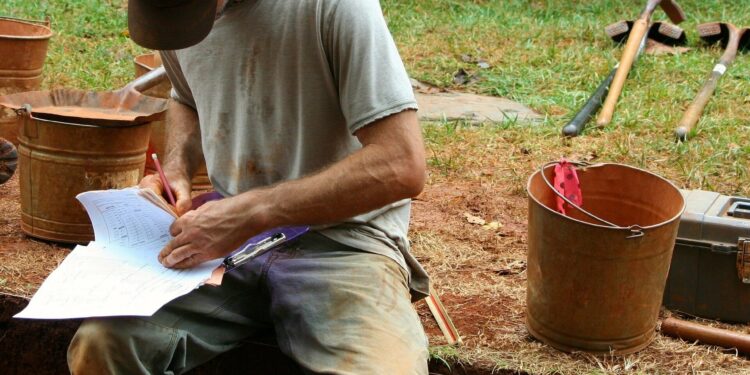Discover the latest in science, tech, and space with over 100,000 subscribers who rely on Phys.org for daily insights.
Sign up for our free newsletter and get updates on breakthroughs,
innovations, and research that matter—daily or weekly.
Recreating prehistoric sites
One of the sites they worked on was Vinča in Serbia, one of Europe’s most important prehistoric sites, located just 14 kilometers from the University of Belgrade. The team used digital techniques to recreate the development of early human settlements and their daily routines.
At the neolithic site, Jončić and others used photogrammetry, a non-invasive technique that captures multiple photographs from different angles. This method uses handheld cameras or aerial shots taken by drones to create highly detailed, vivid 3D models.
“It was really the beginning of digital archaeology and the implementation of the gadgets that we’re using now,” said Jončić.
His company is now documenting fortresses lined up along the Danube. Known as the Limes, they were once part of the Roman Empire’s defense system.
One of their projects is an educational film—entirely based on their 3D reconstruction—about two large burial mounds from 500 BC in Atenica, central Serbia.
The researchers created a digital simulation of how the mounds were built, from the tomb itself, decorated with precious amber beads and iron parts of a wagon wheel, to the carefully arranged circular mound of rocks covered with earth.
Other challenges lurk
The pressures of property development are not the only threat to archaeological sites. In recent decades, climate change and its impact on soil have also been factors to reckon with.
Dr. Fabiana Battistin, a postdoctoral researcher in classical archaeology at the University of Tuscia in Viterbo, Italy, has been investigating the impact of environmental changes on historic sites.
Alone or in combination, soil erosion and changes in land use can cause physical damage to archaeological sites, both above and below the surface.
“Soil erosion can mean we lose very important archaeological information. By exposing and destabilizing buried remains, it can literally destroy layers of information about the past,” said Battistin.
From 2018 to 2023, Battistin was part of an initiative called RESEARCH. Researchers from Italy, Greece, Cyprus and Poland explored how new remote sensing techniques could help preserve valuable archaeological information under threat.
Stefano De Angeli, an associate professor of classical archaeology at the University of Tuscia who coordinated the project, highlighted the value of international cooperation.
“The opportunity for transnational cooperation provided by EU funding has allowed us to test the methodology developed in very different environmental conditions and types of archaeological contexts. This made the methodology adaptable, and, therefore, replicable in other archaeological sites in Europe.”
The researchers tested different aerial, satellite and ground-based remote sensing technologies to assess the impact of soil changes and the vulnerability of archaeological heritage sites.
Their results led them to create a prototype of a new geographic information system that will help local authorities better understand the risks to heritage sites in their region and put in place plans for their protection.
“We were able to map the vulnerability of a site and the environmental threats it faced, assess the risk level and provide data-driven information on how best to protect it,” said Battistin.
For Jončić, the insight into how early European cultures lived that was gained at the Vinča site sums up the essence of why preserving archaeological heritage through digital records is so important.
“It’s heritage for all of us because archaeology isn’t connected with national identities. It speaks to all of us. And if we really want to know how we came to live like we do today, we need to know how these people lived before us.”
Provided by
Horizon: The EU Research & Innovation Magazine
Citation:
Digital digs: Technology preserving Europe’s cultural heritage (2024, November 13)
retrieved 18 November 2024
from https://phys.org/news/2024-11-digital-technology-europe-cultural-heritage.html
This document is subject to copyright. Apart from any fair dealing for the purpose of private study or research, no
part may be reproduced without the written permission. The content is provided for information purposes only.
Source link : http://www.bing.com/news/apiclick.aspx?ref=FexRss&aid=&tid=673ad46447a44165a1b5ec51b6394bc5&url=https%3A%2F%2Fphys.org%2Fnews%2F2024-11-digital-technology-europe-cultural-heritage.html&c=12848333739551784796&mkt=de-de
Author :
Publish date : 2024-11-12 16:00:00
Copyright for syndicated content belongs to the linked Source.




